Long saddled with a bad reputation, today's vinyl siding is weather and insect resistant, fade resistant, and virtually indestructible under normal circumstances. The type of cladding material you select will also help determine how long it will take to start fading. Cheaper, thinner vinyl tends to fade much faster than more expensive coatings. A robust and thick vinyl siding type will be more resistant to fading, as it has absorbed more color during the manufacturing process.
In the past, vinyl siding was made of polyvinyl chloride, a material that discolored dark colors. The current coating is composed of acrylic, which resists damage from the elements and therefore maintains its intense color longer. The entire coating fades to a certain extent. After 10 to 15 years, loss of original color may be significant, depending on weather conditions.
Dark colors such as red tend to fade more than lighter colors when exposed to constant sunlight, according to the VinylSidingSource website. Excessive discoloration may be covered by the manufacturer within the warranty period. All vinyl siding will fade a little. After 10 to 15 years, the change can be significant.
When that happens, or if you simply want to change its color, vinyl can be painted, however counterproductive it may seem. Check with the manufacturer first; many companies void the warranty if the coating is painted. But don't count on changing a house from pale yellow to hunter green; dark colors absorb more heat than lighter colors and can cause panels to expand too much and buckle. For the same reason, vinyl's color palette is limited to lighter shades.
Discoloration is one of the most common problems with vinyl siding. Prolonged direct sunlight causes vinyl siding to fade. That's true for all the types of vinyl siding we've installed. Manufacturers will even provide you with a graph showing how much fading you can expect because they know it's going to happen.
What's really bad is how uneven the fading can be. In general, some parts of the house receive more direct sunlight than others. Over time, this uneven amount of sunlight can cause fading in some areas and normal amounts of color in others. This is not an attractive look.
It can even occur on the same side of the house if it has architectural features that block the sun. Think of it like a tan. If you cover parts of your body, you will tan unevenly. The same thing can happen in your home.
This is a tricky question to answer because there are so many different types of vinyl siding. If you're talking about Certainteed premium cedar smoothie prints with Azek trim, then no. We installed this in homes that sell for millions of dollars. But it's definitely not the best.
Even premium siding looks a little cheaper compared to fiber cement or real wood. If you want the best of the best, stay away from vinyl. But premium products look great and it's no longer a big difference, as coating products are continually improving and improving. Is vinyl siding bad for the environment? It's a good question and, in most cases, the answer is yes.
These are the two questions that always arise when we talk about the dark colors of vinyl siding. Don't worry, we're stepping up our game to keep up with the trends towards bolder tones. Our colorfast technology ensures that your luxurious color retains its deep tone for 25 years. And to counteract the fact that dark colors absorb more heat, we have developed our Helios technology that disperses heat absorption, so both your coating and your home will not be affected by the intense heat of the sun.
All things considered, you can expect vinyl siding to begin to fade noticeably between ten and fifteen years after it has been installed in your home. And while your new coating may include some recycled plastic, when it's time to replace it, there are very few recycling centers that accept vinyl siding. In addition to J-channels, one feature that distinguishes vinyl from other coatings is its overlays. Fading is a problem with any colored vinyl siding, but it's much more noticeable the darker the color.
While the lengths of wood (or cement) siding lie at a discrete end, vinyl panels should overlap approximately 1 inch where they meet, resulting in revealing vertical lines. If one side of the house gets a lot of sun and the others don't, only the side with the sun will fade. Because vinyl siding is long strips of molded plastic that are nailed into the house in strips at a time, if not properly installed, you can see the areas where the parts overlap the table below. While there are ways to avoid a little discoloration, you can expect vinyl siding to fade noticeably within fifteen to twenty years, with a minimal amount that will be noticed after five years.
Buying a high-quality vinyl coating that has UV protection in the formula will help preserve the color longer. Vinyl siding usually has a faux plastic appearance, which is a fact, since it is made of that. In the past, darker colors of vinyl siding were largely avoided for this reason, but in recent years, even darker colors have been manufactured with more fade resistant chemicals. Vinyl is a polymer formed during a chemical dosi-do between ethylene gas and chlorine, which produces a fine white powder called vinyl resin.
This type of coating has colors that fade more quickly than other coating materials and becomes more noticeable over time. Temperatures can even be high enough to melt vinyl siding, so if you live in a very hot climate, consider using a different coating product. However, this varies by manufacturer, so if sustainability is important to you, check that your vinyl siding is made from a high percentage of recycled material, or consider using a natural facing material. .
.
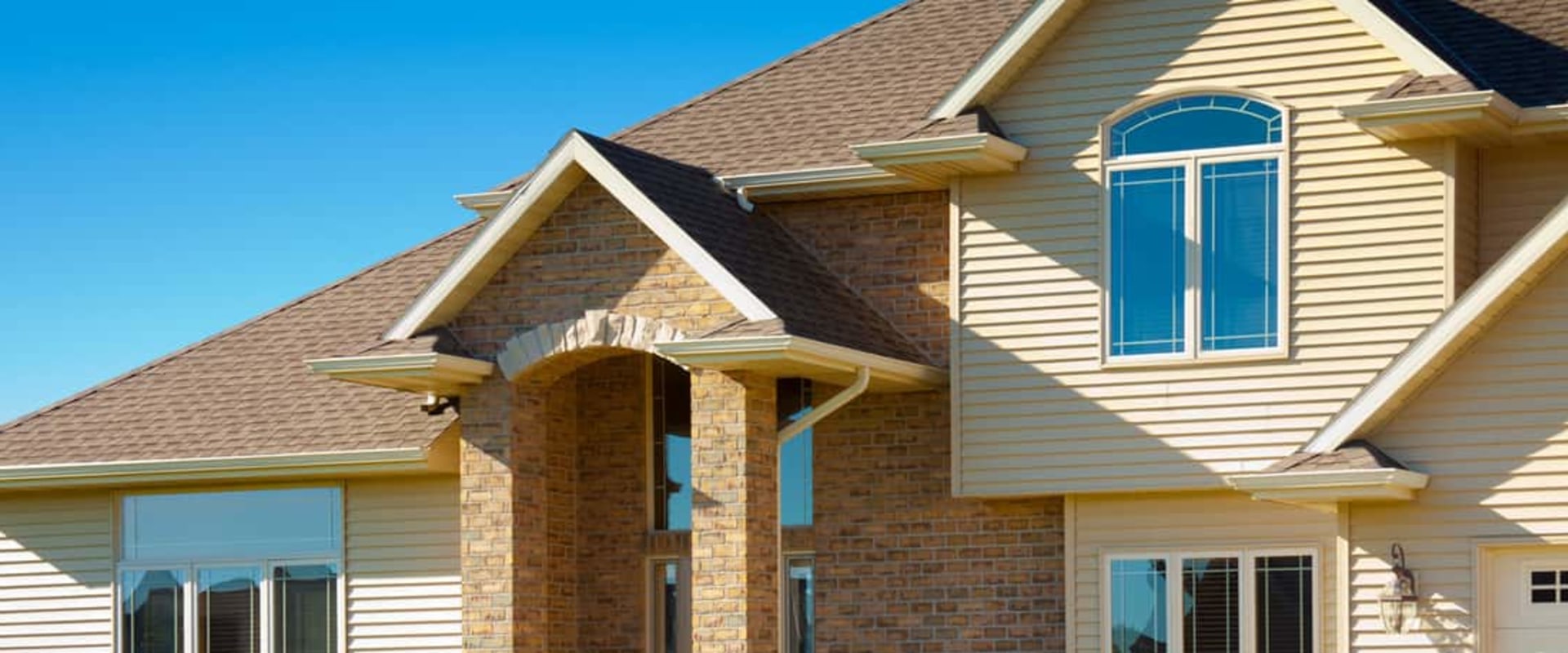
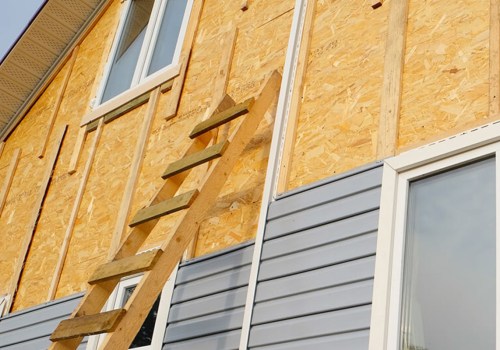
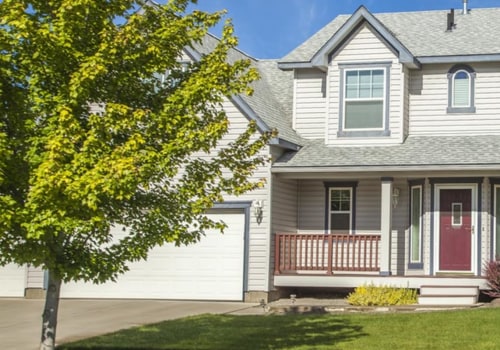
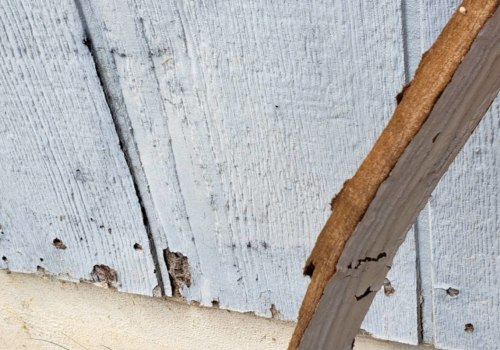
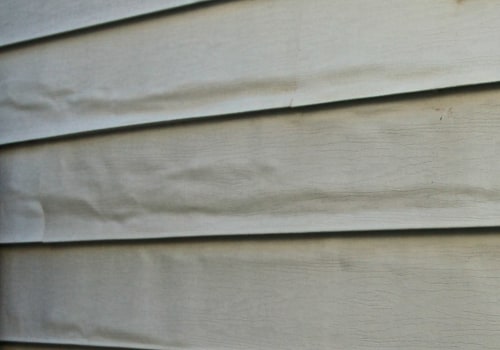
Leave Reply